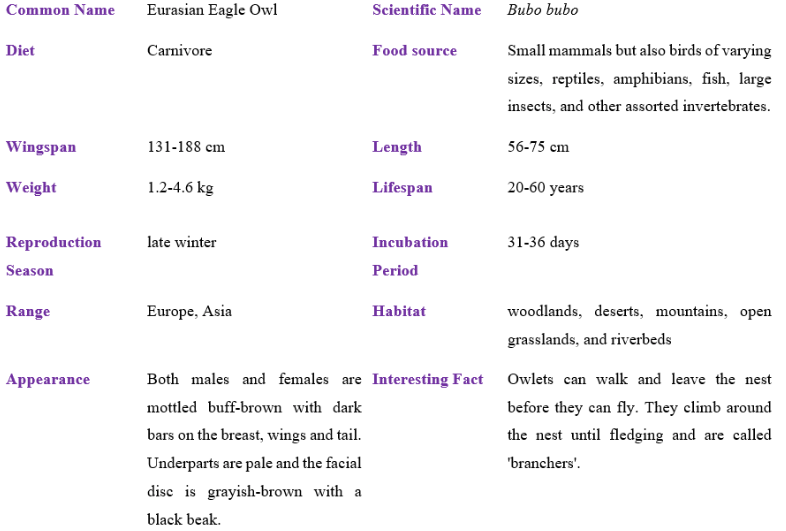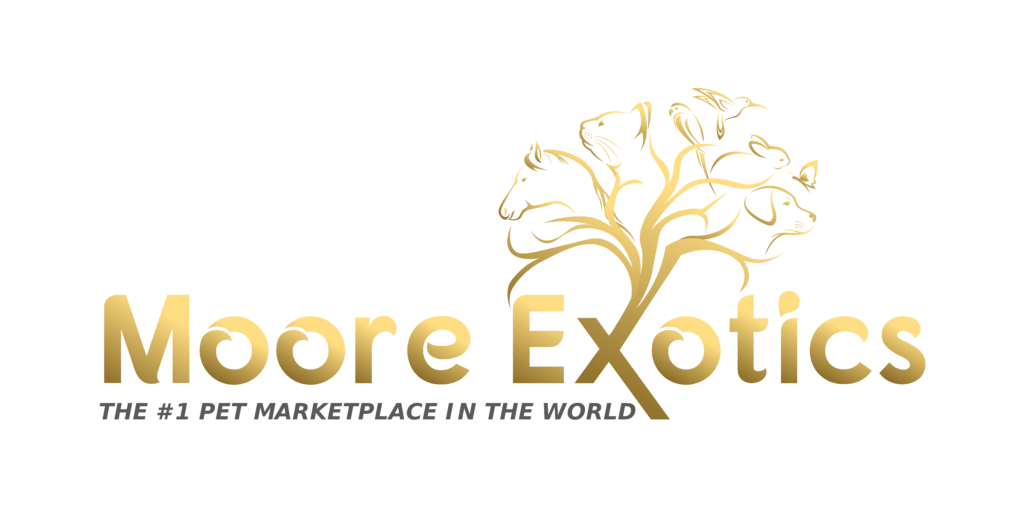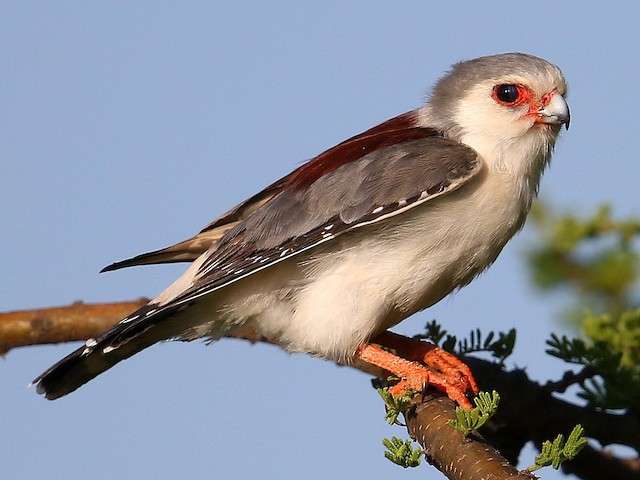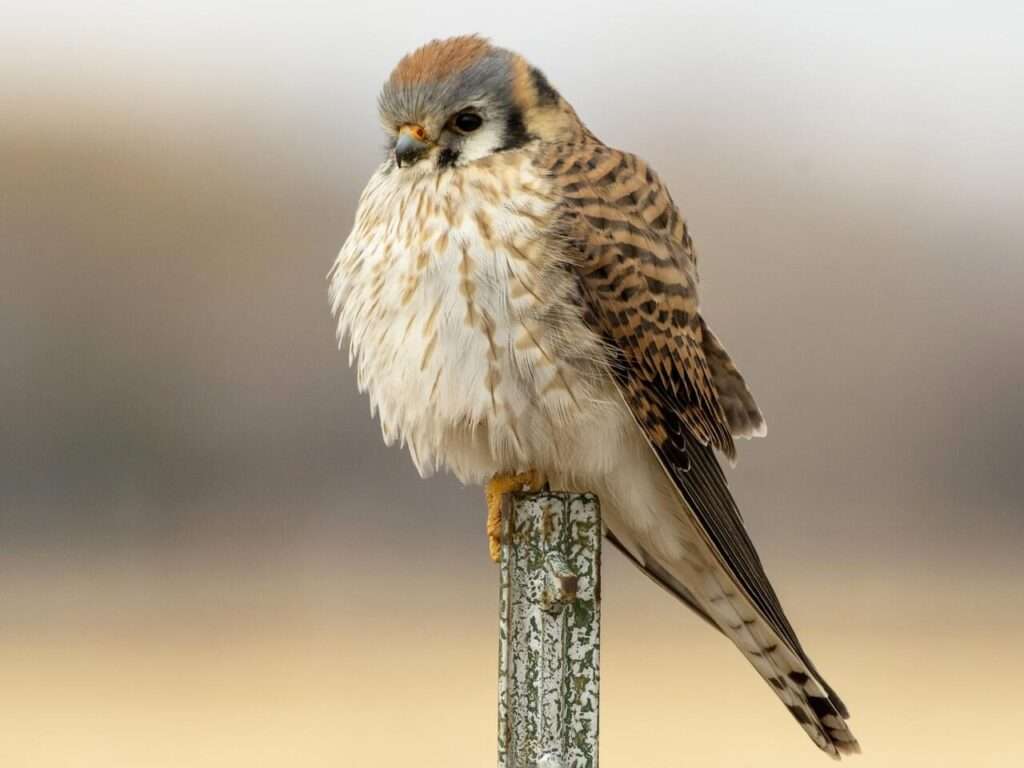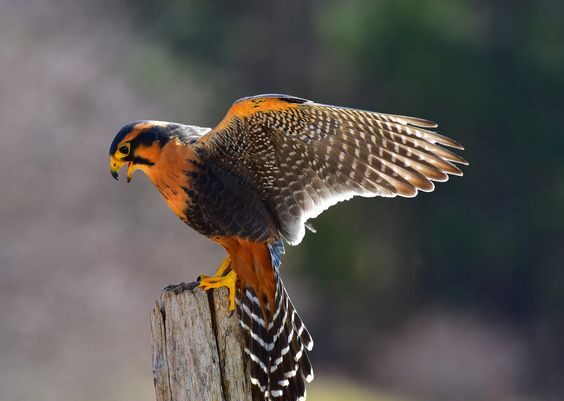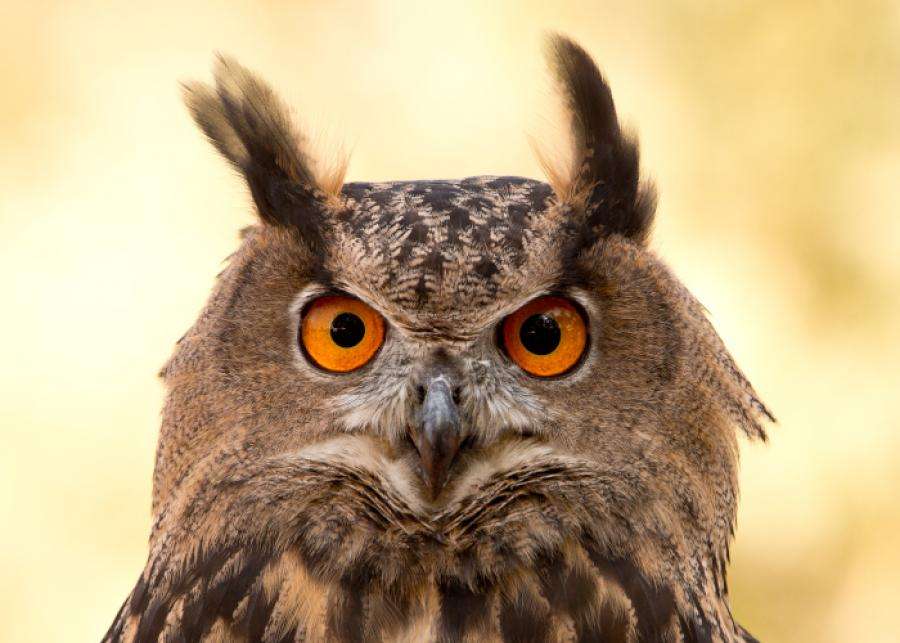
Description
Life span: 20 years ( can live up to 60 years in captivity)
One of the largest owl species, females can grow to be 75 cm in length and 188 cm in wingspan, with males being a little bit smaller. This bird has distinctive ear tufts and its top parts are mottled with darker, blackish color and tawny. Wings and the tail have bars. With deeper streaks of color, the underparts are mottled buff in hue. The facial disc is hardly perceptible, and the orange eyes stand out.
Native Region/Habitat
With the exception of most extremes, where other species of Bubo owls have mostly replaced them, Eurasian eagle owls can be found in almost every geographic and climatic condition on the Eurasian continent. In areas with cliffs and ravines that are surrounded by a variety of bushes and trees, they are frequently concentrated. If they have the shelter and safety of rocky places, they may even dwell in grassy steppes. Eurasian Eagle-owls can be found in most of Europe, Asia, and regions of northern Africa.
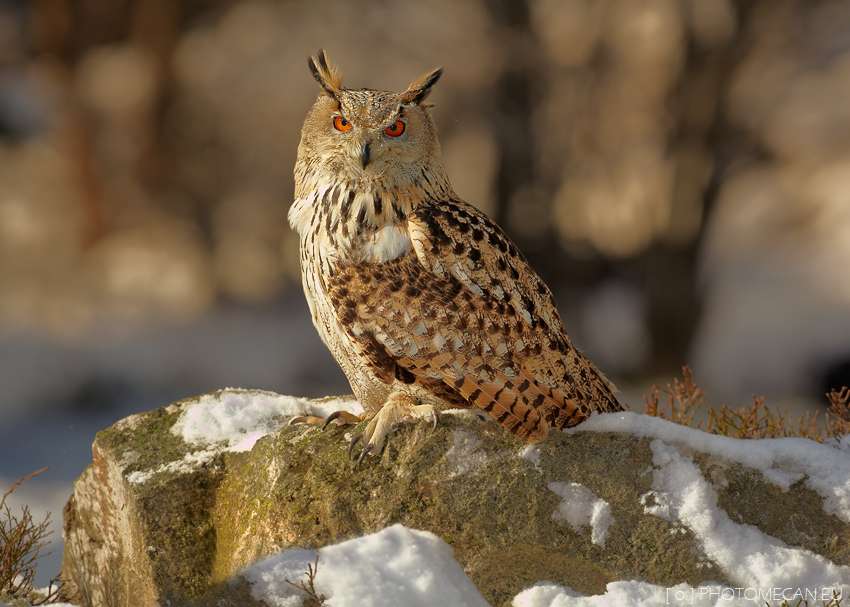
Behavior
Like the majority of owl species, the Eurasian eagle-owl spends the most of its time at night, with much of its activity occurring in the final few hours before dawn. Throughout the day, the Eurasian eagle-owl makes a range of vocalizations. It often chooses prominent geographical features, such as craggy pinnacles, barren peaks, and mountain summits, for song posts. They are dispersed around the bounds of its territory, and the eagle owl frequently passes by them, though only for a brief period at a time.
When flying, the Eurasian Eagle Owl’s wings barely create any noise. The Eurasian eagle owl has many small, delicate feathers with fringed edges, which explains why. They virtually suffocate the sound of the air moving by. This suggests that a bird’s prey cannot hear it when it is hunting.
Eurasian eagle owls do not build their own nests. As an alternative, it creates its nest in a raptor’s old eyries, caves, or cracks. Once a Eurasian eagle owl pair mates, they stay together for the duration of their lives. Even during mating season, the male feeds the female.
As a pet/In captivity
In many places in the US, Eurasian Eagle owls may be kept as pets. Once they learn about these birds’ requirements in captivity, those who are accustomed to rearing parrots—perhaps anticipating keeping a Eurasian eagle owl in a massive macaw enclosure in their home—should be discouraged from caring for these species. They require a very large outdoor habitat to ensure their welfare given their size, which is already considerable. Since owls are carnivores and have a specific diet, one cannot feed them bird pellets; instead, one can purchase them from pet stores. The owner/person runs the risk of his owl developing health problems as a result of their meal by doing this.
Table
